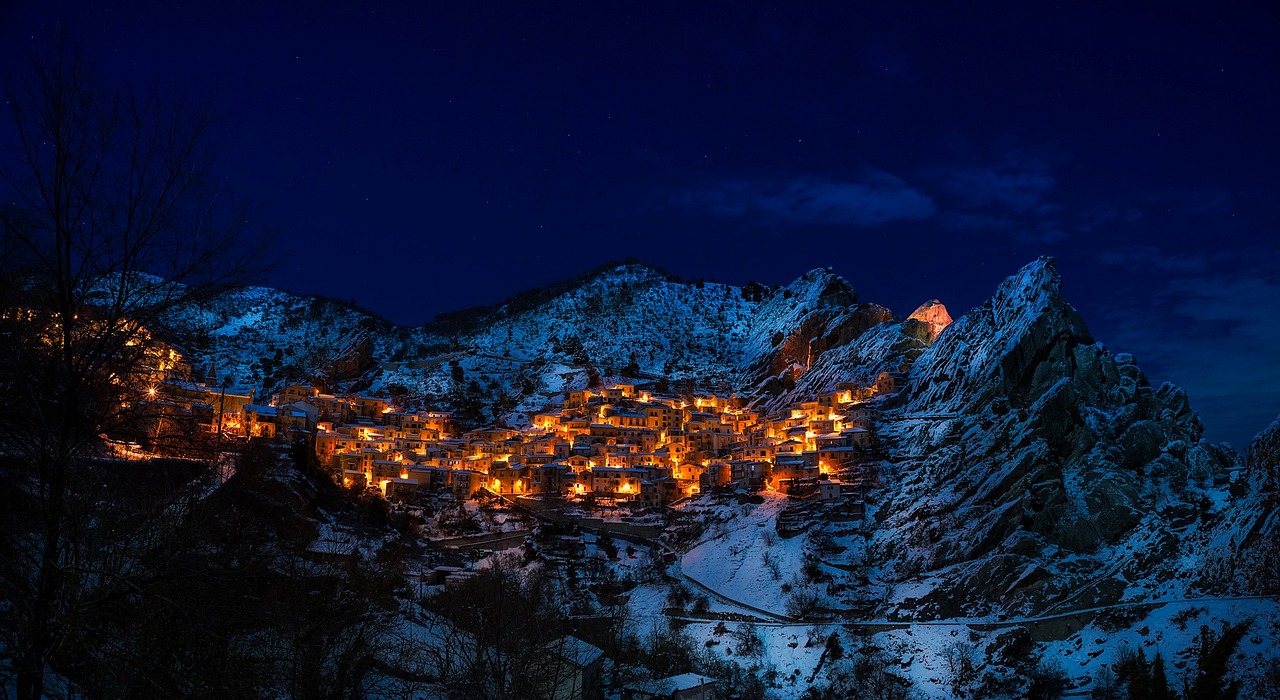Perched at an impressive elevation of 1,136 meters above sea level, Tsepina Fortress is a captivating historical site nestled in the enchanting Rhodope mountain range. Built between the 11th and 13th centuries, this fortress is a testament to the rich history and cultural heritage of the region. Archaeological excavations have unearthed a treasure trove of artifacts, including a Thracian sanctuary, churches, water storages, a basilica, residential buildings, and a necropolis. Notably, the Hermitage in Sankt Petersburg houses a preserved marble relief of the apostles Peter and Paul, originating from Tsepina Fortress. Legend has it that the fortress was once the residence of Despot Alexius Slav in the 13th century, with a fascinating tale surrounding the burial concerns of his wife, Isabel. Visitors to the area can also explore the nearby Tsepina Hut, conveniently located a short distance from the fortress. In addition, there are numerous other attractions in the vicinity, such as Chudnite Mostove, the Museum House of Stanislav Dospevski, Lepenitsa Cave, Yundola, and Velingrad. Prepare to be captivated by the allure of Tsepina Fortress and the wonders that await in the Rhodope Mountains.
Key Takeaways
- Tsepina Fortress is located at an elevation of 1,136 meters above sea level in the Rhodope mountain range.
- It was built between the 11th and 13th centuries.
- The architectural design combines Byzantine and Bulgarian influences.
- The presence of artifacts, such as the marble relief of the apostles Peter and Paul, adds to its archaeological value.
What is Tsepina Fortress?
Tsepina Fortress, located northwest of the Rhodope village of Dorkovo at an elevation of 1,136 meters above sea level, is an ancient structure constructed between the 11th and 13th century. It holds great significance and cultural importance due to its rich archaeological findings. The fortress is known for its Thracian sanctuary, churches, water storages, basilica, residential buildings, and necropolis. These findings provide valuable insights into the history and culture of the region.
Accessing Tsepina Fortress is relatively easy, with multiple transportation options available. Visitors can either drive north along an asphalt road or opt for a scenic walk of about an hour and a half from Dorkovo. Once at the Tsepina Hut, which is located in close proximity to the fortress, it takes only a few minutes to reach the site. This accessibility allows tourists to explore and appreciate the enchanting beauty of Tsepina Fortress.
History and Archaeological Findings
Dating back to the 11th and 13th centuries, the construction of Tsepina Fortress unveils a fascinating history and a rich array of archaeological findings. The fortress, located northwest of the Rhodope village of Dorkovo, boasts a Thracian sanctuary, churches, water storages, basilica, residential buildings, and a necropolis. The construction techniques used in building the fortress reflect the architectural significance of Tsepina. The fortress was strategically positioned at an elevation of 1,136 meters above sea level, providing a defensive advantage. The architectural design of Tsepina Fortress exhibits a combination of Byzantine and Bulgarian influences, showcasing its cultural importance. Additionally, the fortress was the residence of Despot Alexius Slav in the 13th century, adding to its historical significance. The presence of artifacts, such as the marble relief of the apostles Peter and Paul, further enhances the archaeological value of Tsepina Fortress.
Markdown list:
- Thracian sanctuary
- Churches
- Water storages
- Basilica
- Residential buildings
- Necropolis
Recommended Attractions
One of the highly recommended attractions in the vicinity of Tsepina Fortress is Chudnite Mostove, also known as The Wonderful Bridges. Located nearby, Chudnite Mostove is a natural phenomenon that captivates visitors with its unique rock formations. These natural bridges were formed over thousands of years by the erosive forces of the river passing through the area. The sight of these magnificent stone arches is truly awe-inspiring and offers a great opportunity for exploration and photography.
When visiting Tsepina Fortress, it is also worth exploring Batak’s Tourist Information Center. Located in Osvobozhdenie Square, the center provides valuable information about the fortress and its surrounding attractions. The friendly staff can offer guidance on the best ways to explore the area and provide maps and brochures for visitors to take with them. Additionally, a visit to Tsepina Hut, which is situated close to the fortress, is highly recommended. It can be reached by driving north along an asphalt road or by walking for about an hour and a half. From the hut, it only takes a few minutes to reach the fortress, making it a convenient base for exploring this enchanting historical site.
Frequently Asked Questions
How do I get to Tsepina Fortress from the village of Dorkovo?
To reach Tsepina Fortress from Dorkovo village, transportation options include driving north on an asphalt road or walking along a scenic hiking trail for about an hour and a half. The fortress is only a few minutes away from Tsepina Hut.
Can visitors enter the Tsepina Fortress and explore the interior?
Visitors are currently restricted from entering the Tsepina Fortress and exploring its interior. However, the fortress is known for its historical artifacts, such as the marble relief of the apostles Peter and Paul.
Are there any guided tours available at Tsepina Fortress?
Guided tours are available at Tsepina Fortress, offering visitors the opportunity to delve into its rich history. The fortress, constructed between the 11th and 13th century, holds significant archaeological findings and was once the residence of Despot Alexius Slav.
What is the significance of the marble relief of the apostles Peter and Paul?
The marble relief of the apostles Peter and Paul holds significant importance in religious art. It represents the apostles, who played vital roles in Christianity, and showcases their revered status in the faith.
Are there any legends or myths associated with Tsepina Fortress?
Legends and myths surround Tsepina Fortress, adding to its allure. One such legend involves the burial concerns of Despot Alexius Slav’s wife, Isabel. These tales contribute to the rich history and intrigue associated with the fortress.











